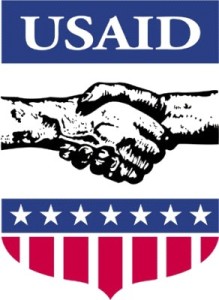One of the reasons a lot of people find microfinance attractive is that it is a fundamentally capitalist approach to economic development. Done right, it can be sustainable and even profitable. By focusing on a social mission, successful microfinance institutions (MFIs) can reach more clients by leveraging capital, similar to commercial bank. And just like the Ice Queen warns in Atlas Shrugged, government intervention in capitalist programs spells disaster. Whether or not this is true for other industries (it’s not), it is most definitely the case in microfinance. Successful government-run microfinance institutions are the exception, not the rule. And not only are governments generally bad at administering loans, they can be destructive to the market as a whole. On the CGAP website question 13 of the FAQ is “Do governments do a good job of delivering microfinance?” The answer is thorough:
There are several highly successful government MFIs, such as Bank Rakyat Indonesia’s microfinance department. However, the vast majority government microfinance programs do a poor job of delivering retail credit. Such programs are usually subject to political influence, high default, continuing drain on national treasuries, and sometimes lending based more on the borrowers’ influence than their actual qualifications. Among government programs reporting to international databases, only 1/8 of clients are being served sustainably.
To begin thinking about why government microfinance doesn’t work, it is important to think about the types of governments serving microfinance communities and the nature of government in general. Continue reading











